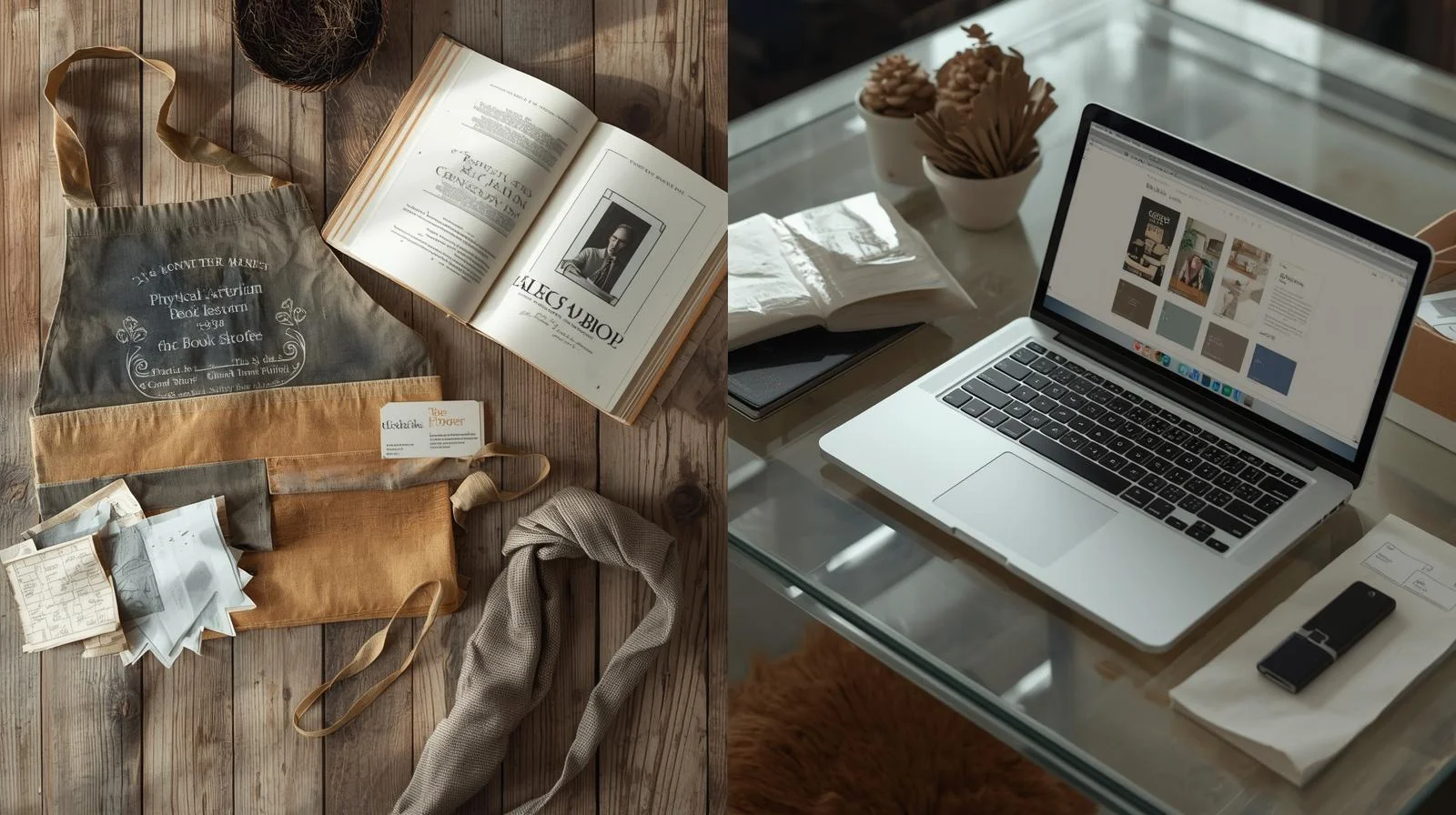Want to print your own book? Self-publishing is easier than ever. This step-by-step guide walks you through custom book printing, from formatting your manuscript to choosing the right printer. Whether you’re creating a novel, photo book, or children’s book, you’ll learn how to make your book look professional without breaking the bank. Let’s get started!
Table of Contents
ToggleWhy Choose Custom Book Printing?
Custom book printing lets you control every detail of your book. You pick the size, paper, and binding. It’s perfect for authors who want a unique product. Self-publishing also skips the need for a traditional publisher, saving time and giving you creative freedom. Plus, print-on-demand options make it affordable to print just a few copies.

Benefits of Custom Book Printing
- Creative Control: Choose your book’s size, cover, and design.
- Cost-Effective: Print-on-demand reduces upfront costs.
- Fast Turnaround: Get your book printed in days, not months.
- Wide Distribution: Sell on Amazon, Barnes & Noble, or your own website.
Suggested Image: A stack of professionally printed books with vibrant covers. Alt text: Stack of colorful self-published books on a table.
Step-by-Step Guide to Printing Your Book
Follow these nine steps to turn your manuscript into a polished, printed book. Each step is beginner-friendly and actionable.
Step 1: Finish and Edit Your Manuscript
Your manuscript is the heart of your book. Before printing, make sure it’s polished. Hire an editor or ask a friend to proofread for spelling and grammar errors. A clean manuscript saves time during formatting.
Step 2: Choose Your Book Size and Format
Pick a size that suits your book’s genre. Novels often use 5.5” x 8.5” or 6” x 9”. Children’s books may be larger, like 8” x 10”. Decide between paperback or hardcover. Paperbacks are cheaper, while hardcovers feel premium. Pro Tip: Check similar books in your genre for inspiration.
Step 3: Format Your Book’s Interior
Formatting makes your book look professional. Use software like Adobe InDesign or Atticus for easy layouts. Set margins (0.5–1 inch), choose readable fonts like Garamond or Times New Roman, and use 10–12pt font size. Add consistent headers, footers, and page numbers. Ensure images are 300 DPI for sharp printing.
- Font Tips: Serif fonts (e.g., Georgia) work well for novels. Sans-serif fonts (e.g., Arial) suit children’s books.
- Margins: Add extra space (0.5”) on the binding side for the gutter.
- Line Spacing: Use 1.5 or double spacing for readability.
Step 4: Design a Stunning Cover
Your cover is your book’s first impression. Use bold colors and clear text. For novels, include a catchy title and author name. For photo books, pick a striking image. Consider hiring a designer or using tools like Canva. Ensure the cover file includes front, back, and spine in CMYK color mode.
Suggested Image: A close-up of a book cover design in progress on a computer screen. Alt text: Book cover design being created in design software.
Step 5: Choose a Printing Method
There are two main printing options: print-on-demand (POD) and offset printing.
- Print-on-Demand: Print books as orders come in. Ideal for small runs. Costs $2–$6 per book for a 300-page paperback.
- Offset Printing: Best for 500+ copies. Higher upfront cost but cheaper per book ($5–$15).
People Also Ask: “How much does it cost to print a book?” Costs vary by size, binding, and quantity. A 300-page paperback costs $5–$6 with POD, while hardcovers or color pages can cost $10–$30.
Step 6: Select a Printing Service
Choose a reliable printer like Amazon KDP, Lulu, or Mixam. Compare customization options, paper types, and shipping times. Look for services with good customer support and free proofs.
Step 7: Prepare Print-Ready Files
Export your manuscript and cover as high-resolution PDFs. Use CMYK color mode and include a 0.125” bleed. Double-check margins and image quality. Most printers offer templates to simplify this step.
Step 8: Order a Proof Copy
Always order a proof before printing in bulk. Check for formatting errors, color accuracy, and binding quality. Make revisions if needed. This step saves money and ensures a professional result.
Step 9: Print and Distribute Your Book
Once you approve the proof, place your order. For POD, books print as they’re sold. For offset, you’ll get a bulk shipment. Sell your book on Amazon, your website, or at local events. Many printers offer distribution to retailers like Barnes & Noble.
Common Questions About Book Printing
Can I Print a Book at Home?
You can print at home using a laser printer and premium cardstock. However, home printing lacks the polish of professional services. It’s best for small projects or prototypes.
What’s the Cheapest Way to Print a Book?
Print-on-demand is budget-friendly for small runs, with costs as low as $2 per book for short paperbacks. Offset printing is cheaper per unit for large orders but requires a bigger upfront investment.
Tips for a Professional-Looking Book
- Use High-Quality Images: Ensure all images are 300 DPI.
- Check Consistency: Keep fonts, spacing, and margins uniform.
- Test Your Cover: Print a sample to check colors and alignment.
- Consider Eco-Friendly Options: Use sustainable paper and inks.
Ready to Print Your Book?
Custom book printing is an exciting way to share your story. Follow these steps to create a professional book that readers love. Start small with print-on-demand or go big with offset printing. Whatever you choose, focus on quality and reader experience. Ready to begin?






